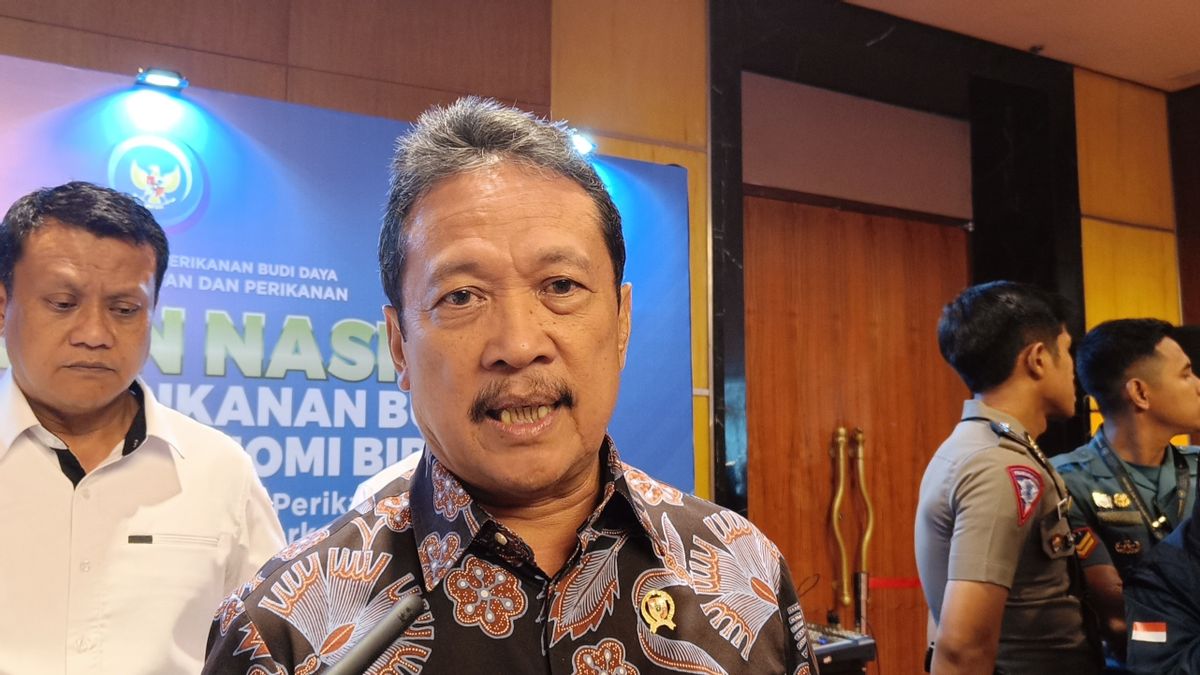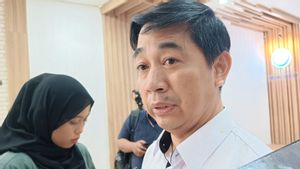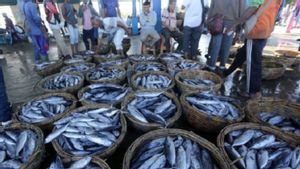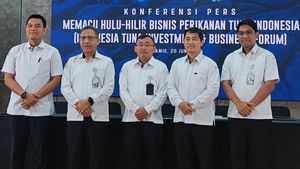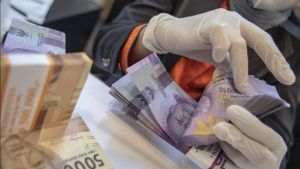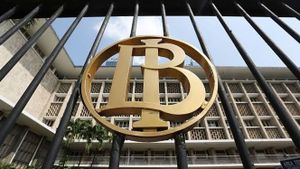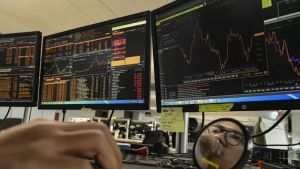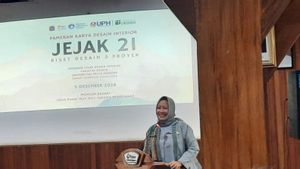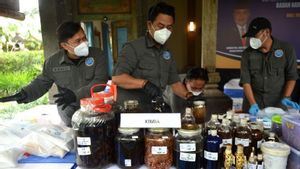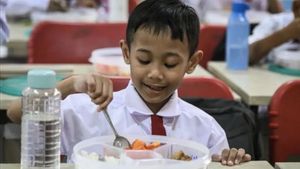JAKARTA - Minister of Maritime Affairs and Fisheries (KP) Sakti Wahyu Trenggono said that tilapia are widely cultivated in Indonesian lakes or reservoirs. This is because the high market share reaches 1.3 tons per year with 90 percent of the domestic absorption rate.
Trenggono added that the high cultivation of tilapia fish carried out in lakes or reservoirs also had an impact on ecosystem damage and pollution of water quality. So, in the end, it has an impact on the quality of the fish harvested.
"If we stop the cultivation of fishery in one lake or reservoir, it will give rise to the exact reaction. In fact, if it is allowed to continuously pollute the environment, it will also have an impact on the quality of the fish produced," Trenggono said, quoted from the KKP official website, Friday, June 21.
He said that tilapia also have a fairly high market share abroad. Based on Future Market Insight data, the world's nilap fish market value in 2024 is projected to be 14.46 billion US dollars and continues to increase to 23.02 billion US dollars in 2034.
To minimize cultivation activities in the lake, said Trenggono, KKP has a strategy to build a pilot project or modeling. One of them is modeling the cultivation of copy tilapia fish in Karawang, West Java, covering an area of 80 hectares (ha).
Through the successful modeling of tilapia cultivation, it is hoped that efforts to relocate cultivation activities from lakes and reservoirs to mainland land are expected.
The production of the tilapia copy modeling also reached 7,020 tons per year or Rp196.5 billion assuming a selling price of Rp28,000 per kilogram. However, in the future the number of productions will be increased to 10,000 tons per year.
SEE ALSO:
"Nila copy this is actually tilapia too, a tilapia from freshwater fisheries that we move so that we can live in brackish waters," he said.
Copy tilapia cultivation activities in Karawang, continued Trenggono, are supported by environmentally friendly technology. KKP prepares wastewater management installations, automatic feed machines to water quality measuring devices to support the quality of cultivation nila.
This method and modeling cultivation technology can then be duplicated to various regions in Indonesia, by giving a real example.
"We are optimistic that relocation is easier to do because cultivators have a solution to maintain their business," concluded Trenggono.
The English, Chinese, Japanese, Arabic, and French versions are automatically generated by the AI. So there may still be inaccuracies in translating, please always see Indonesian as our main language. (system supported by DigitalSiber.id)
